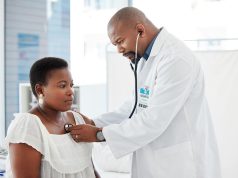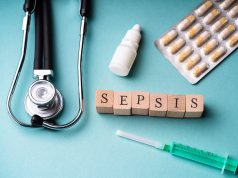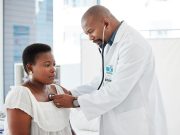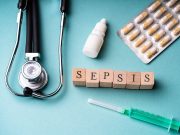Findings seen for adolescent trauma patients who were American Indian, Black, Hispanic, female, Medicaid-insured, or uninsured
By Lori Solomon HealthDay Reporter
THURSDAY, Oct. 17, 2024 (HealthDay News) — Rates of biochemical alcohol and drug screening are disproportionately higher among adolescent trauma patients who are from racial and ethnic minorities, have public or no insurance, or are female, according to a research letter published online Oct. 4 in JAMA Network Open.
Jordan M. Rook, M.D., from the Greater Los Angeles Veterans Administration Healthcare System, and colleagues used the American College of Surgeons (ACS) Trauma Quality Programs dataset (2017 to 2021) to identify 85,362 adolescent trauma patients (aged 12 to 17 years) presenting to 121 ACS-verified pediatric trauma centers. Receipt of biochemical alcohol and drug screening was compared by race.
The researchers found that 24.5 percent of adolescents underwent biochemical alcohol screening, with Black (adjusted odds ratio [aOR], 1.08) and American Indian adolescents (aOR, 2.17) more likely to be screened than White adolescents. Similarly, Hispanic adolescents were more likely to be screened than non-Hispanic adolescents (aOR, 1.20). Screening was also more likely among adolescents who were Medicaid insured (aOR, 1.15) and uninsured (aOR, 1.13) versus those who were privately insured. Female adolescents (aOR, 1.32) were more likely screened than male adolescents. Similar results were seen for biochemical drug screening (21.8 percent screened overall), with higher screening odds seen for adolescents who were Black (aOR, 1.13), American Indian (aOR, 1.75), Hispanic (aOR, 1.20), Medicaid-insured (aOR, 1.28), uninsured (aOR, 1.18), or female (aOR, 1.28).
“Our findings indicate potential disparities in biochemical substance use screening at pediatric trauma centers,” the authors write.
Copyright © 2024 HealthDay. All rights reserved.



















